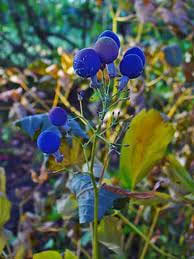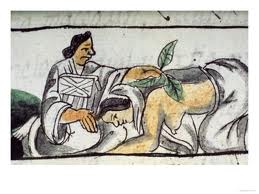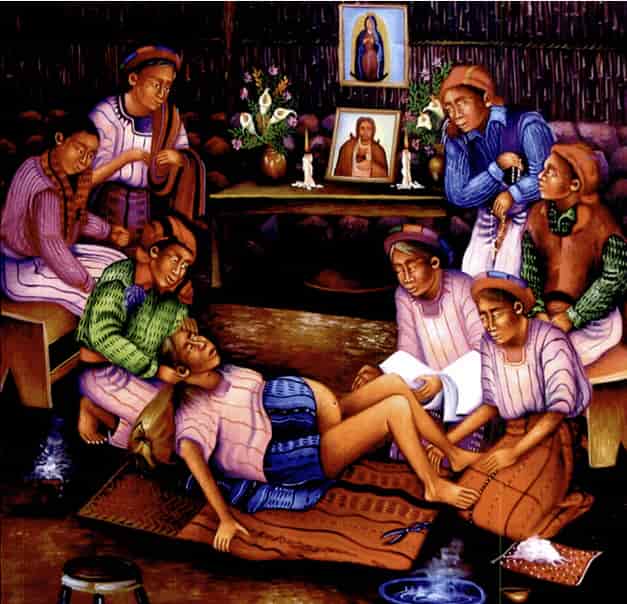Over the years as an herbalist and doula, the controversial story of Blue Cohosh, Caulophyllum thalictroides, has intrigued me. Long considered a medicinal plant to aid in childbirth, many practitioners debate the safety of Blue Cohosh, which is also known as Pappoose root, Squawroot, Blue Ginseng, and Blueberry root. How can a traditional medicine be riddled with so much controversy?

Historically, various Native American tribes, including the Chippewa in Northern Michigan, utilized Squawroot for women's ailments, one of which was as an emmenagogue to increase blood flow to the uterus. Rich in methylcytosine alkaloids, Blue Cohosh was also used to calm menstrual cramps and as a diuretic to rebalance fluids in the body. With such strong evidence of these potent medicinal actions, pioneer physicians added blue cohosh as a "labor inducer" to the US Pharmacopeia in 1882.

A hundred years later, herbalist Rosemary Gladstar writes that the chemical constituent 'caulosaponin', has been identified in Blue Cohosh to "actively stimulate uterine contractions and promote blood flow to the pelvic region" (Gladstar, 234). Similarly, in A Modern Herbal, a comprehensive herbal encyclopedia, Mrs. M. Grieve reemphasizes Blue Cohosh's use for "expediting delivery, where delay results from debility, fatigue, or want of uterine nervous energy" (212). Another noted researcher, David Winston of the American Herbalists Guild, affirms the use of Caulophyllum as a partus preparator and advises its use for "2-3 weeks before the due date to reduce false labor cramping, strengthen contractions upon delivery, and reduce postpartum discomforts" (31).
Clinical trials on lab rats, caulosaponin, when isolated, "has produced a narrowing of the arteries" (Gladstar, 234). Despite decades of consistent clinical observations, Blue Cohosh's actions on the uterus and in childbirth are still not fully understood; however, Blue Cohosh, as well as a number of other herbs, do have their place during pregnancy and labor. They should always be used at the appropriate time, with the proper dosage, and under the guidance of a qualified practitioner.
The miracle of childbirth continues to amaze us as the body naturally takes the necessary steps to prepare for labor. Nevertheless, awareness of the rich tradition of herbal remedies like Blue Cohosh, which can tone, strengthen, and prepare the uterus for delivery, gives women the opportunity for an empowered birthing experience.
Herbs have evolved with us for thousands of years, and taking the time to learn their history is an opportunity to dispel fear and misunderstandings. What's your verdict on Caulophyllum?
References
- Gladstar, Rosemary. Herbal Healing for Women. 1993.
- Grieve, Mrs. M. A Modern Herbal. 1931.
- Romm, Aviva Jill. "Herbs for the Mom to Be." Mothering. January-February 2008.
- Winston, David. Herbal Therapeutics: Specific Indications for Herbs and Herbal Formulas. 1998.
Written by Marisa Buchsbaum, Clinical Herbalist & Doula, The Tree of Life Doula.
For educational purposes only. This information has not been evaluated by the Food and Drug Administration. This information is not intended to diagnose, treat, cure, or prevent any disease, or to sell any product.
Recommended Products
Further Reading











